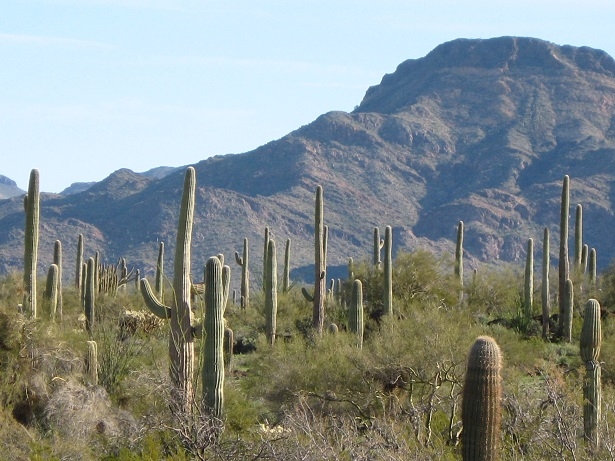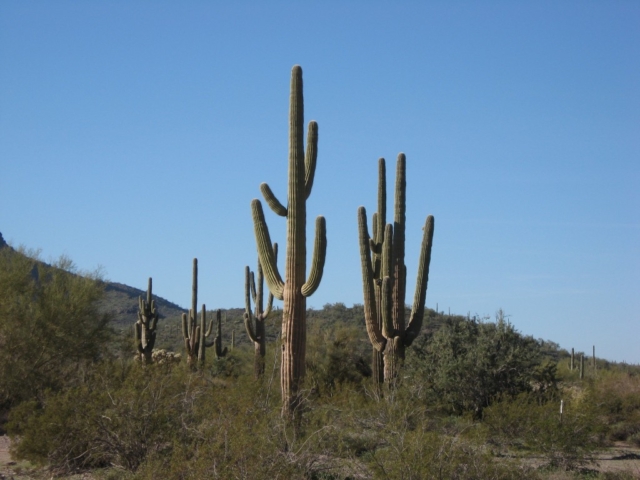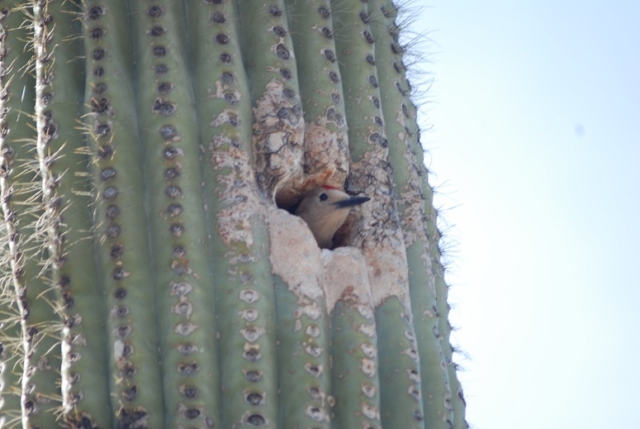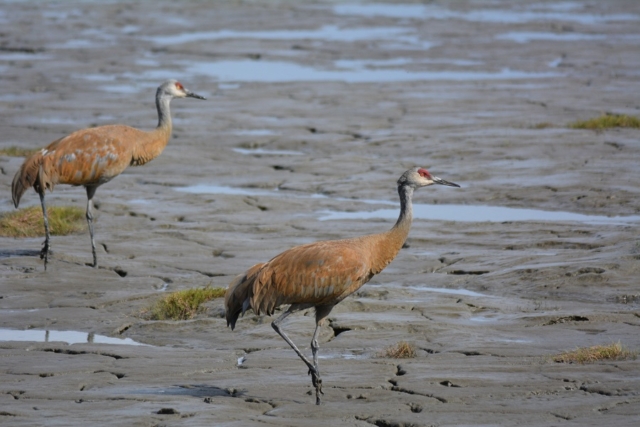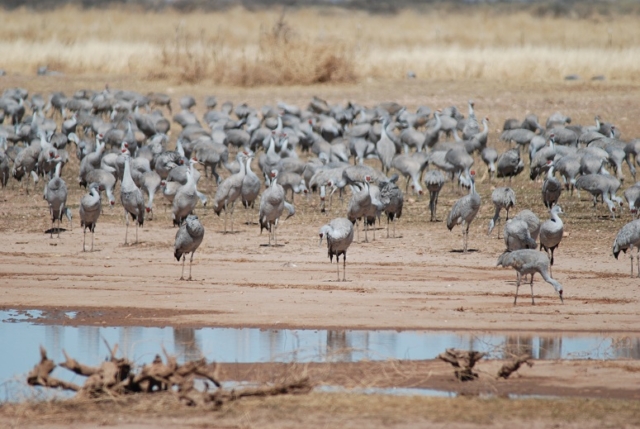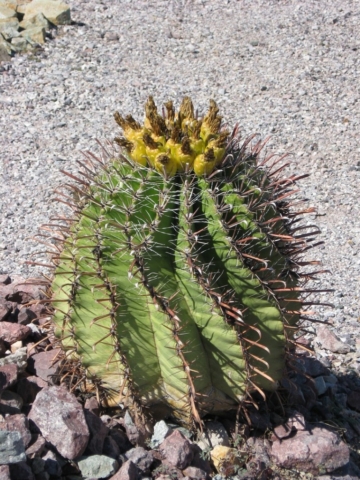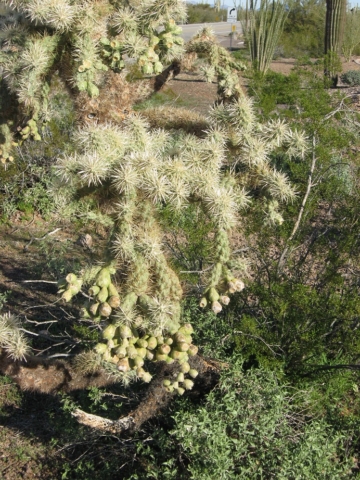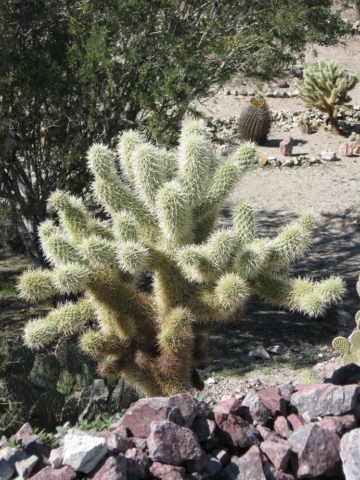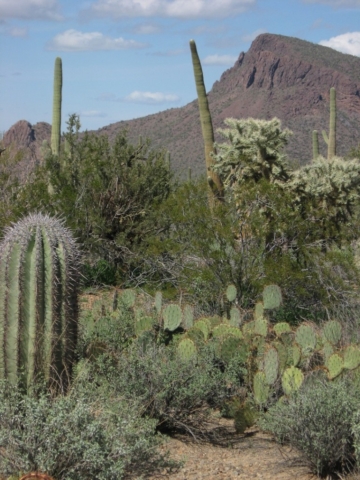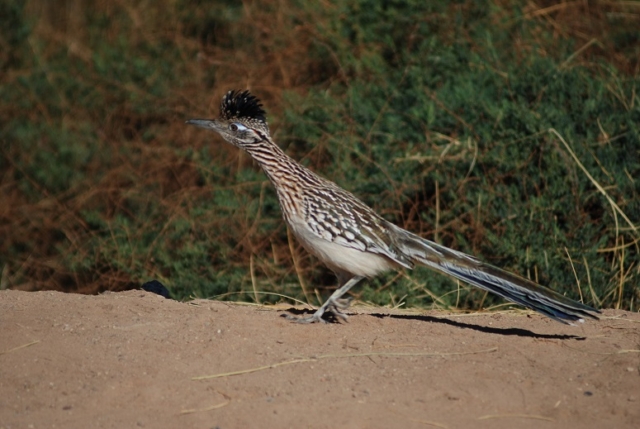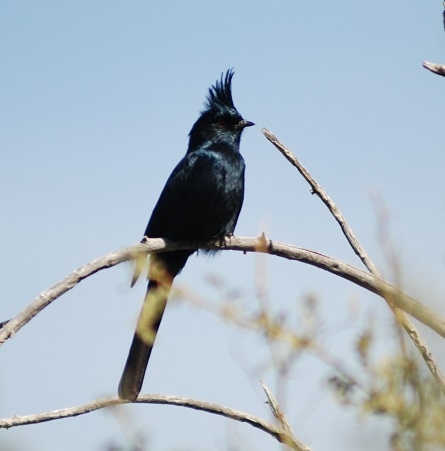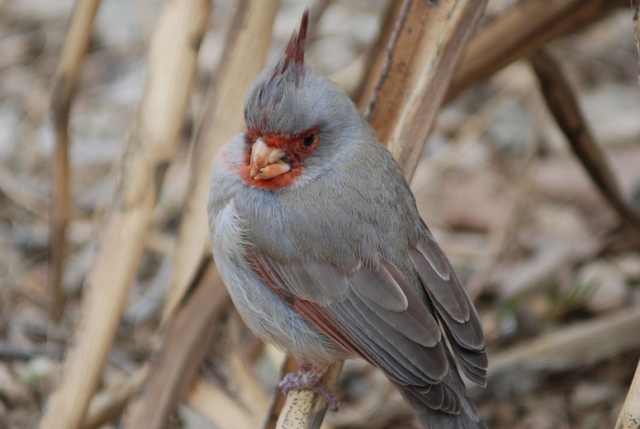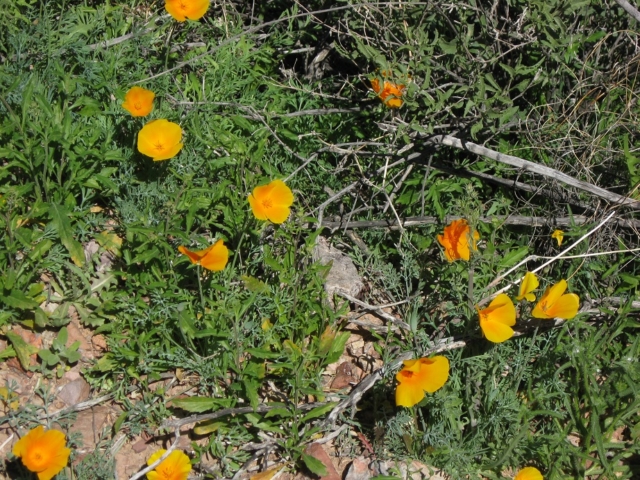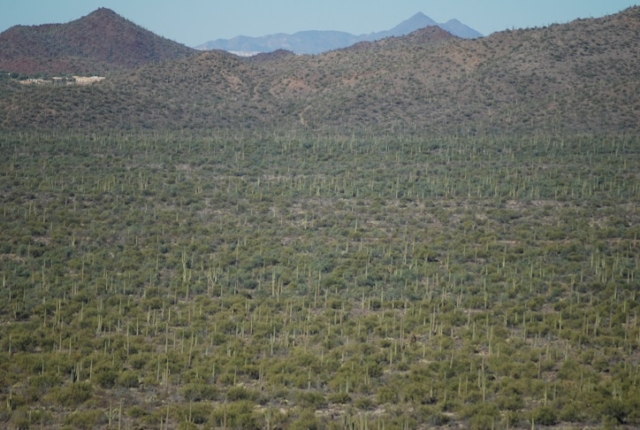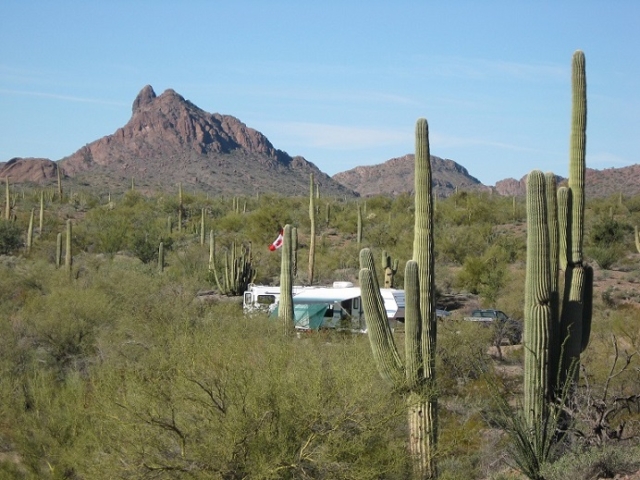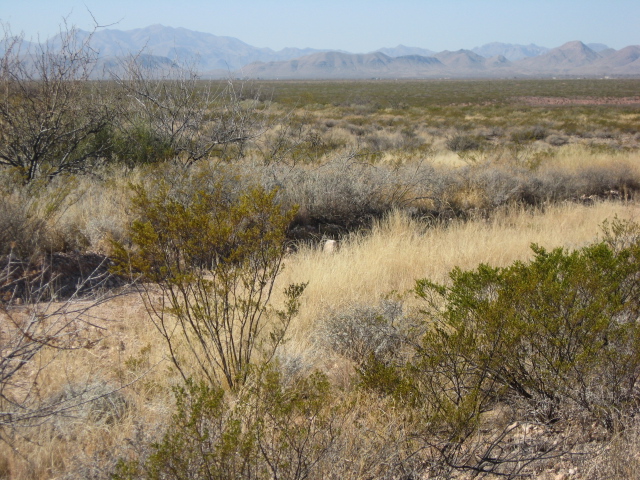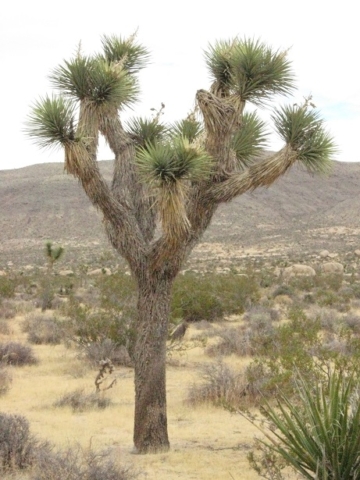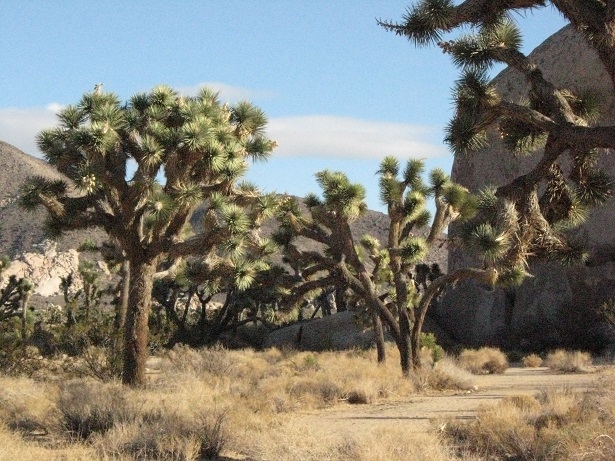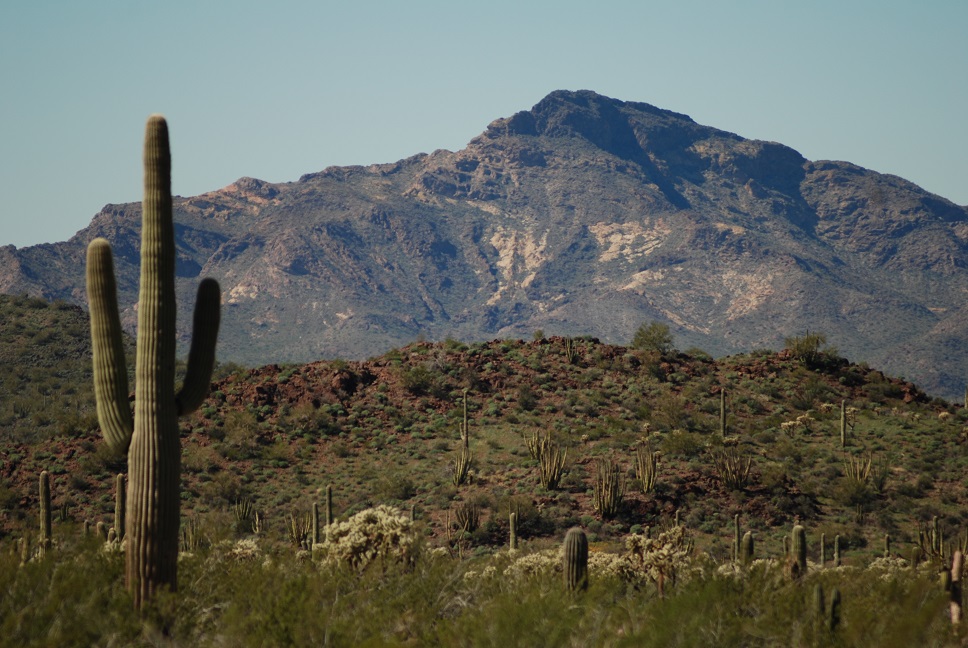
Explore North America’s Four Deserts. Updated July 2022
(click photos to enlarge)
North American Deserts
There are four North American deserts: the Sonoran, the Chihuahuan, the Mojave, and the Great Basin. I love exploring the desert. There is always something new that I have never seen before. I have explored the Sahara Desert in Africa and the Sinai Desert in the Middle East, but my favourite is the Sonora.
Many people think that there is nothing in the desert but sand. Well, some deserts are sandy, but others have no sand at all.
So what defines a desert? Does a desert have to have sand? Wikipedia describes a desert as a barren land with hostile conditions for plants and animals and a lack of vegetation. While this may be true for the Sahara, I disagree that it is a good definition of all deserts. The Sonora is lush with plants and wildlife. Most of it has no sand. You might not think that it is a desert at all. A desert is a place that gets little moisture, but many plants and animals can survive on a minimum of water if there is soil for the plants to grow. If the ground is all sand, a lot less life can survive.
The most barren and hostile place I have been was not in a desert. It was in the centre of Greenland. I walked for a few kilometres without seeing even a stick: nothing but stones and snow and not even much snow. But Greenland is another story, back to the deserts of North America.
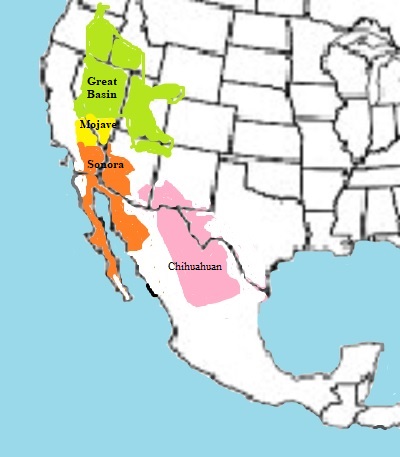
The Sonoran Desert
The Sonoran Desert covers most of southern Arizona, the southeast corner of California, most of the Baja California Peninsula in Mexico and the northwest coast of the Mexican mainland across the Sea of Cortez from Baja California for a total area of 311,000 sq km (120,000 sq miles).
In the Sonoran Desert, you will see the magnificent Saguaro Cactus. This is the giant cactus you see in cowboy movies with its arms stretched out and upward. I have seen whole forests of these cacti near Tucson. Woodpeckers drill cavities into them and make their nests there. Woodpeckers in the desert! Who would have thought?
Sandhill Cranes in the Sonora Desert
The magnificent Sandhill Cranes that spend the summer in the north, go south for the winter like many Canadians and Americans from the northern states. In the summer, they live in pairs or small groups, but in winter, they gather in huge flocks.
Here is a short video I made of about 5,000 Sandhill Cranes congregating around a waterhole in the Sonora. What a marvellous sight that was! There were also large flocks of Snow Geese. The Sonora abounds with birds.
The landscape is like a jungle in places but with cactus instead of tropical plants. There are dozens of types: the Barrel Cactus, the Prickly Pear, the pretty Cholla Teddy Bear and the strange Cirio. Near the border of Arizona in California are the Imperial Sand Dunes which look more like the Sahara, but this is just a tiny part of the Sonora and is not typical. The dunes are a recreational area for people who like to bomb around in quads and jeeps. Most of the Sonoran Desert is covered in plant and animal life, including wild boars, seven species of bats, sheep, turtles, rats and mice, lizards, snakes, frogs, and dozens of bird species. Does this sound like a desert to you? It certainly does not match the description of a desert on Wikipedia.
Cacti in the Sonora Desert
left: Barrel Cactus, right: Chain Fruit Cactus
Cholla Cactus on the left, Prickly Pear on the right
left: Teddy Bear cactus, right: a jungle of cacti
Desert Birds
One of the more interesting birds of the Sonora is the Roadrunner. This is the bird in the Wile E. Coyote cartoons. Yes, there really is such a bird, and yes they can run very fast. When trying to escape, they prefer to run among the bushes than fly. I was surprised to see Northern Cardinals in the desert. These birds do not migrate and are common birds in Ontario in winter. Other interesting birds include the Pyrrhuloxia and the Phainopepla, which look like grey and black cardinals, respectively.
Left: Roadrunner, right: Northern Cardinal
Cardinal lookalikes, left Phainopepla, right: Pyrrhuloxia
Flowers and Pigs
Left: Mexican Poppy, right: Javalina (wild pig)
Camping in the Sonora
Camping in a forest of Saguaro Cacti
The Chihuahuan Desert
Travelling east from the Sonora, you will come to the Chihuahuan Desert. These two deserts are as different as night and day—no giant cactus. Not many plants at all. I drove across the Chihuahuan. The only thing I saw in two days was knee-high bushes stretching to the horizon, mostly Creosote bush. It is one of the most boring places I have been to. There is wildlife there, I was told, but I never saw any. The plants that grow in one desert will not succeed in another desert. Even one that is right next door. Every desert is unique.
The Chihuahuan Desert is the largest of the North American Deserts covering 362,600 sq km (140,000 sq miles). It straddles southern New Mexico, the southwest corner of Arizona, the western half of Texas, and a large part of north-central Mexico. Regions of it are mountainous, but the mountains are barren of vegetation.
There are islands of vegetation in the Chihuahuan Desert, such as Big Bend National Park, with many plants and birds.
The Mojave Desert
Joshua Tree National Park
The Mojave Desert lies north of the Sonora along the California and Arizona borders. There are fewer plants here than in the Sonora but more than the Chihuahuan. Instead of the Saguaro cactus, this desert has the Joshua Tree Cactus. These desert plants will only grow in their own desert and not in the others. The Mojave receives less than 330 mm (13 inches) of rain annually. It is the smallest of the American deserts at 124,000 sq km (47,877 sq miles).
Death Valley
The Mojave contains two fascinating places. I visited both the Joshua Tree National Park and Death Valley. Death Valley is 86 metres (282 feet) below sea level and is the lowest place in North America. I spent a few days in Death Valley and found it to be fascinating. Too many exciting things to see to explain here, so I wrote a separate post for it. Click the link here:
The Grand Canyon is on the edge of the Mojave Desert, where I have seen cacti growing in the snow.
The Great Basin Desert
To the north of the Mojave is the Great Basin Desert. It is located mainly in Utah but overlaps a bit with the six surrounding states. This is the only American Desert that I have yet to explore. The reason is that it is cold there. When I go south to escape the Canadian winter, I usually head out around the first week of November. By that time, the temperature in the Great Basin is well below freezing, so I keep going further south. I would like very much to explore it but will have to go earlier in the year. It is the largest U.S. Desert at 102,317 sq km (39,505 sq miles). The Chihuahuan is more extensive, but about half is located in Mexico.
Deserts are wonderful places to explore and search for strange new critters. I have yet to find a Desert Tortoise. I have also explored the deserts of Australia.
